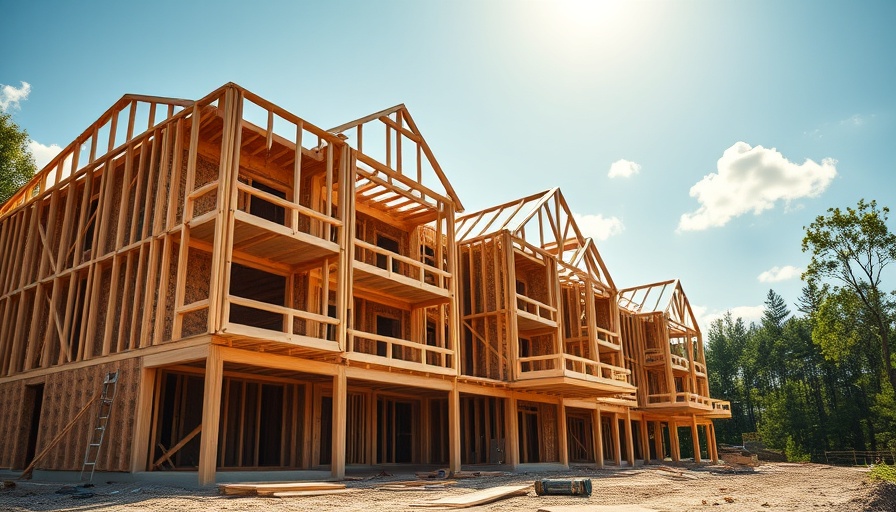
Unexpected Growth in Multifamily Starts: A Closer Look
Despite some skepticism regarding the accuracy of recent data, new apartment construction is exceeding expectations. The U.S. Census Bureau reported a striking 11.6% increase in multifamily starts in July, marking a 27.4% rise year over year to an annualized rate of 470,000 units. This surge positions July as a significant month in the multifamily sector, being one of the strongest in four decades.
Decoding the Mixed Signals: Why the Data is Debated
However, industry analysts are raising eyebrows at the sudden spike in multifamily construction starts. Rental housing economist Jay Parsons highlighted that while the numbers seem impressive, they don’t align with the realities many in the industry are experiencing. Jay Lybik, a senior director at Continental Properties, expressed doubts, stating, "The numbers don't make a lot of sense," suggesting they don't correlate with market conditions observed by his team.
Further complicating the narrative is Chris Nebenzahl from John Burns Research & Consulting, who mentioned his team’s findings point to a decline in actual starts, indicating that many data sources are showing a drop of 8% to 10% year over year. This contradiction prompts questions about the reliability of Census statistics.
The Broader Housing Market Context
While multifamily permits show a downturn, overall housing starts reflect a healthier market, sitting at an annualized rate of 1.4 million units in July, a 12.9% increase year over year. Interestingly, single-family home starts have also witnessed growth, increasing by 7.8% compared to last year. This broader context suggests a complex landscape for builders and developers who must navigate a myriad of factors influencing the housing market.
Insight into Future Trends: Are We Embracing a Correction?
Given these mixed signals in the market, it’s crucial for contractors and builders to prepare for potential shifts. With multifamily construction experiencing notable fluctuations, it raises the question: are we witnessing just a temporary spike or the onset of a protracted trend? Industry watchers might consider diversifying their strategies to mitigate risks. For example, enhancing their focus on single-family homes could present new opportunities in a more stable segment of the market.
What This Means For Homeowners and Contractors
Homeowners could feel the impact of these dynamics directly. A rise in multifamily units could help alleviate housing shortages, providing more rental options. However, as uncertainties linger, contractors may want to advocate for clarity in data collection methodologies to ensure they have accurate insights to make informed business decisions. The integrity of data directly influences project planning and resource allocation.
Final Thoughts and a Call to Action
With the multifamily market showing unexpected growth but battling skepticism around its accuracy, stakeholders in the housing industry must stay informed. Whether you're a contractor looking to adapt or a homeowner seeking options, understanding these trends could significantly impact decisions.
To stay ahead of the curve, join our community at ProHomeGuides for expert insights and essential resources that will help navigate the evolving landscape effectively.
 Add Row
Add Row  Add
Add 




Write A Comment